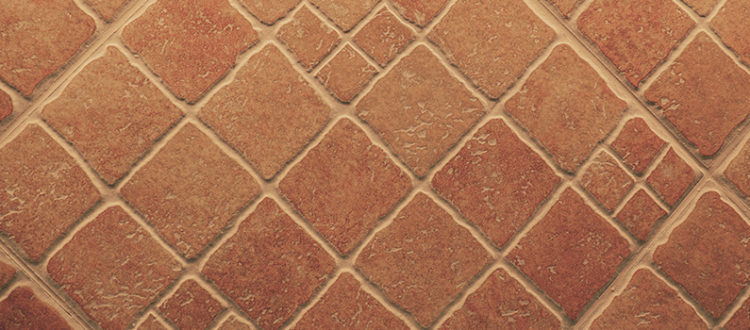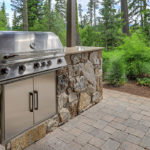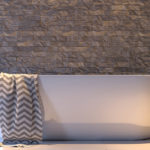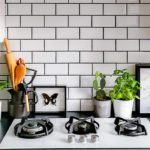How to Seal Reclaimed Terracotta Floors
Why You Should Seal Reclaimed Terracotta Floors
Like other naturally-derived textiles such as limestone or marble, reclaimed terracotta can require some maintenance and upkeep to ensure it lasts a lifetime. Because reclaimed terracotta is often salvaged from older European buildings, it’s clear that this material is capable of lasting quite a long time. However, with modern day cleaners and the presence of pets and kids, your terracotta floors deserve protection to guarantee they look stunning for the entire time they’re in your home. One way of preserving the natural beauty of reclaimed terracotta floors is to seal them regularly and as needed. Sealing your floors provides a protective barrier between the relatively soft and porous surface and all of the traffic the stone flooring will endure.
What Happens Without Sealing
Some of you may be asking: What happens if I don’t seal my terracotta floors? Unsealed terracotta runs the risk of poorly handling the aging process, with problems that pop up and persist for the remaining lifetime of the clay tiles. If improperly cared for, your terracotta may become dull and hazy, as opposed to vibrantly antique.
Two Simple Ways to Seal Terracotta Flooring
Oil & Wax Approach
A natural version is to use a combination of boiled linseed oil and neutral Beeswax. First, treat the tile with several coats of boiled linseed oil. Apply the oil evenly over the terracotta. This process is unusually done before grouting. At first, you may find it hard to apply an even coat due to how quickly the terracotta stone will absorb the oil into its pores. For secondary coats, be sure to apply only what is needed. Over-applying will leave surplus portions that will need to be scraped off. After several coats, your tile should be sufficiently sealed. Many homeowners note that their tiles will appear darker when fully saturated with the oil. From there, the tiles are ready to be placed and grouted. After the grout is dry, the neutral Beeswax polish can be applied in 1-2 coats. There are a few versions of this wax, so choose the right one for you based on how tedious applying them will be!
Synthetic Approach
The synthetic approach is a more modern way of sealing, and tends to be much simpler and easier to maintain. While there are a few different substances that can be used in this sealing process, water-based, acrylic coating sealers are safest and easiest to use. Apply several coats of this product to the tile; how much you apply will depend on how porous your stone is and how shiny you’d prefer it to be. The nature of these sealers is that they give stone a notable sheen. Like any other surface coating, these sealing products will wear with use and over time, but it stands up against wear-and-tear longer than wax will. For extra shine, you can even add a coat of sacrificial acrylic polish for a high-gloss finish, which comes with the added bonus of prolonging the life of the sealer.
Choose Terracotta Tile From Impression
If terracotta flooring has recently caught your attention, go ahead and add it to your list of dream home renovations! Impression sources reclaimed terracotta from Burgundy and Provence of France, salvaging them from antique buildings like farmhouses or chateaux. These tiles with innate history and culture add an authentic and beautiful European feel to any home. Contact us today to get started on adding reclaimed terracotta flooring to your home!
















